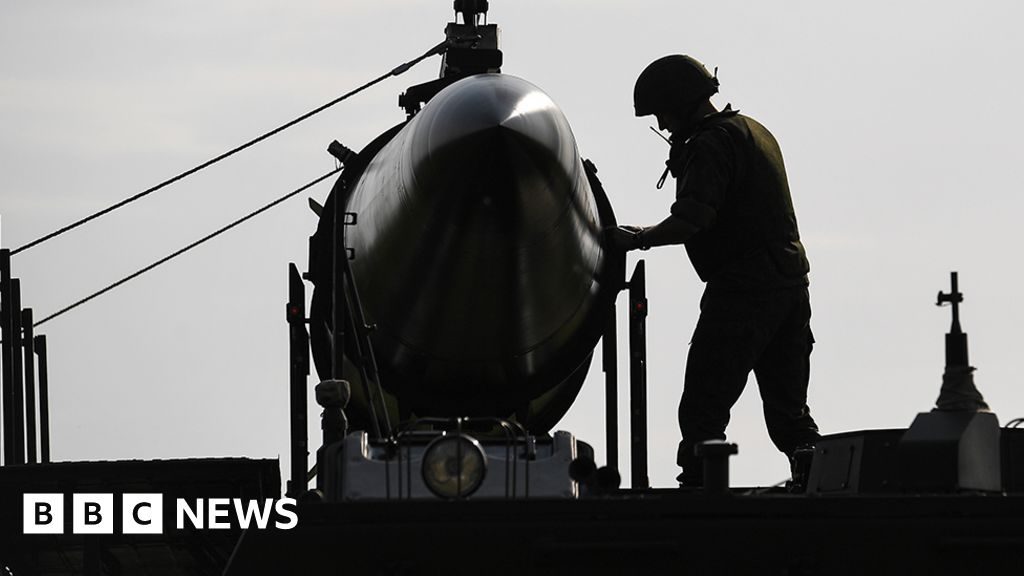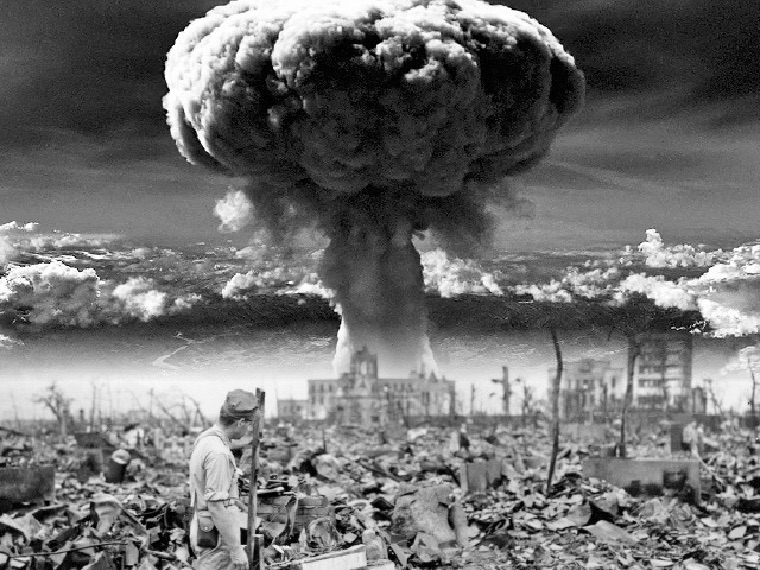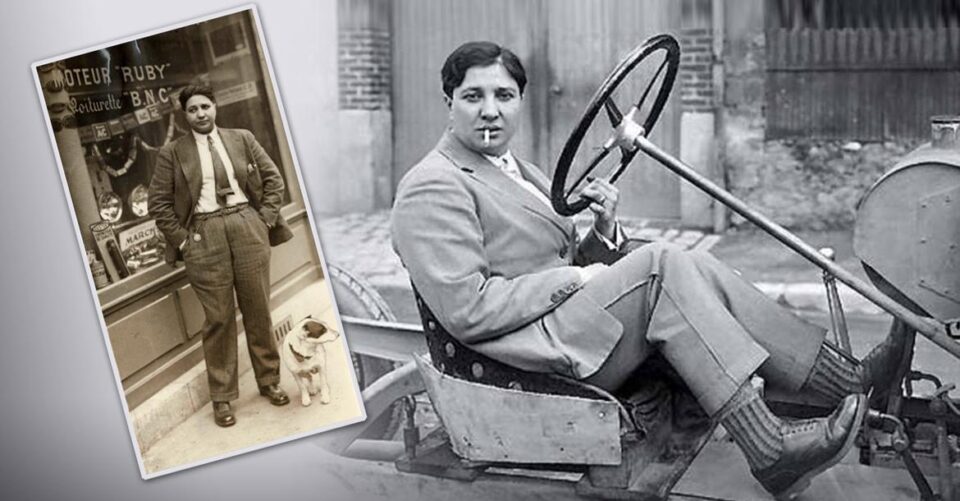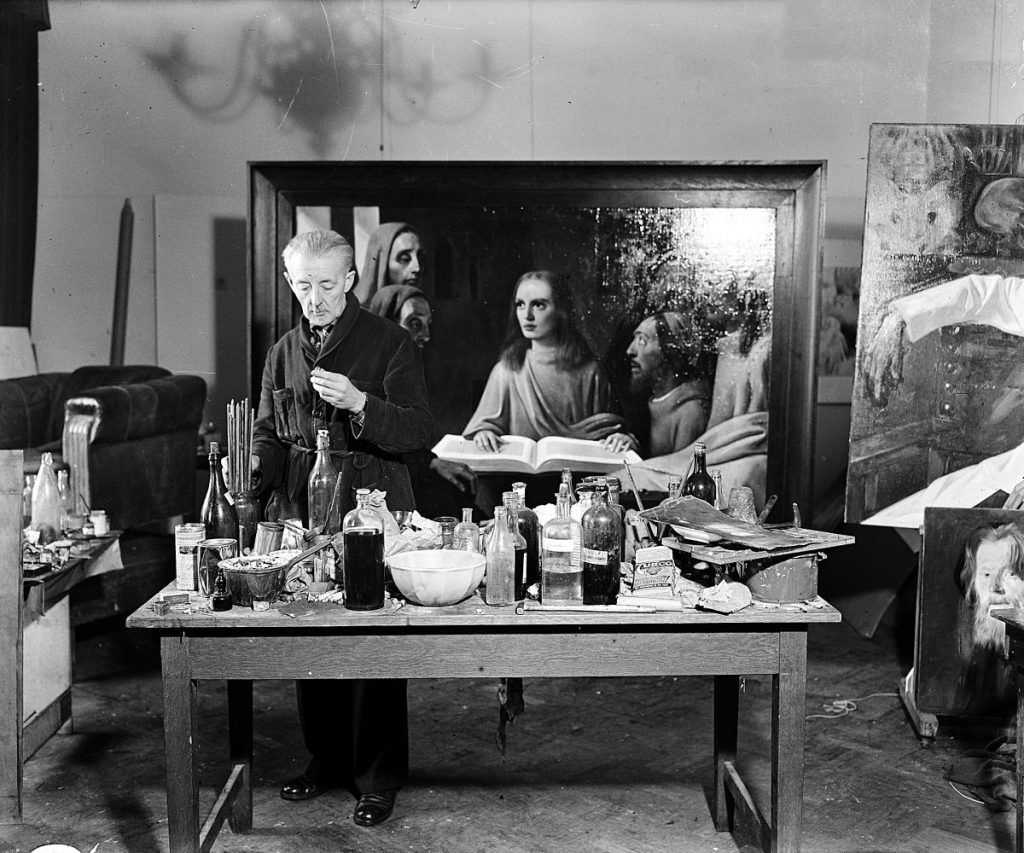
Fission and fusion. Warheads and delivery vehicles. First strikes and second strikes. Counterforce and countervalue. Shots across the blow and mutually assured destruction. For decades on end these and any number of similarly mysterious terms have been circling the planet, reflecting the efforts of statesmen, politicians, defense officials, soldiers, academics and journalists to understand what nuclear weapons are all about, by whom and how they might be used, and what the consequences of their use might be. Some of the discussions are public, a great many others classified. Some are committed to paper, but a great many others take the form of wargames in which teams of highly qualified analysts, supported by as much computing power as it takes, try to answer these and similar question for their superiors’ benefit—superiors who, judging by the little that has been published on their reactions, may not even be aware that the wargames are taking place, let alone taken an interest in them.
Still at bottom the issues are very simple. Seven months after their failure to subdue Ukraine by means of a short and decisive coup de main, Putin and his staff seem to be running out of options. They can try and occupy the enemy’s most important cities, i.e Kiev, Kharkov, and perhaps Odessa. However, judging by what happened in the Donbas such an attempt will almost certainly involve them in prolonged, brutal and very bloody urban warfare for which their troops seem to be unprepared and in which victory is by no means assured. They can subject these and other cities to an even more intensive bombardment than has been the case so far, but such a move is unlikely to bring about a quick surrender on the enemy’s part. They can take the offensive in other parts of Ukraine, but given that country’s size and the sparsity of its population many if not most of those efforts are likely to hit little but empty air. Finally, following a strategic switch that has been under way since May, they can renounce the offense in favor of the defense and, by so doing, give up any thought of victory at all.
Even assuming Russia can successfully overcome its current shortage of military manpower, none of the options appear very attractive. This is a fact of which Putin must be aware and which, at some point, may drive him to despair. Enter nuclear weapons. Here the all-important, indeed decisive, factor is that Ukraine does not have them. Perhaps the more the pity; judging by everything that has happened and not happened since 1945, in that case there is an excellent possibility that the war would never have broken out in the first place.
Next, suppose Putin wants to use his nuclear weapons. However, in that case it is not at all clear what he would do with them. The Ukrainian armed forces, made wise by the invasion, are fighting in too dispersed and mobile a manner to present attractive targets. For the Russians to ignore that fact will only lead to the Ukrainians switching to guerrilla and terrorism, a process that is already well under way. Destroying Ukraine’s vital infrastructure—dams, power plants, airports, and the like—will only make the burden of one day occupying and administering the country all the greater; besides, as evens in the Donbas show, such destruction can be achieved almost equally well by conventional means. Admittedly bombing cities out of existence, as Hiroshima and Nagasaki were, is an option. However, exercising it will end up by creating similar and even greater problems for the Russians to deal with. The more so because of the radioactivity that will surely result. So I consider Putin’s words on the topic idle threats. They are relevant only in case Zelensky and NATO mount a large-scale military offensive, complete with intensive air bombardment, into Russian territory—something that is unlikely to happen.
On the other hand, now that the US and NATO seems to be winning the war, they have no interest in nuclear weapons either. The noises they are making, some overt, others covert, are meant primarily if not exclusively to remind Putin of the terrible consequences that will follow if he goes too far. What “too far” might mean, and what the response might be, is deliberately being left obscure. Precisely how NATOs warnings link up with the factors mentioned in the previous paragraph is also not clear.
The conclusion from this is that no one wants, or should want, to see nuclear weapons used in action. That does not, repeat not, mean that the world is safe and that the weapons in question, complete with their PALs (positive action links, mechanisms explicitly designed to prevent any but authorized personnel, normally heads of state), will always remain in the places they are stored. The situation in Ukraine is unstable and constantly changing. Most of us cannot even imagine the stress to which the most important actors are subject. Under such circumstances words, especially words deliberately used to conceal the exact circumstances under which the weapons may be used, are easily misunderstood. War being a tit-for-tat business, the greatest danger is that of escalation. Meaning the likelihood that, once a single weapon is set off, all will be.
As Clausewtiz says, most barriers only exist in men’s minds. That is why, once they are breached, rebuilding them may be difficult if not impossible.


 Like most people these days, I sometimes feel the urge to spend an idle hour roaming the Net. Either because I have nothing better to do or out of curiosity. Doing so the other day, I came across a post I considered so curious that I decided to share it with you. Text taken from Wikipedia with a few very minor changes meant to make things shorter and clearer. Comments, welcome.
Like most people these days, I sometimes feel the urge to spend an idle hour roaming the Net. Either because I have nothing better to do or out of curiosity. Doing so the other day, I came across a post I considered so curious that I decided to share it with you. Text taken from Wikipedia with a few very minor changes meant to make things shorter and clearer. Comments, welcome.
